Field Application of Electric resilient seated Wafer Butterfly Valve
The electric resilient seated butterfly valve is actually a kind of electric control valve system. It is a high-performance valve upgraded from the ordinary butterfly valve category. It also uses electrical operation during operation. Therefore, the most obvious advantage of the electric resilient seated butterfly valve is that it is quite simple and easy to control.
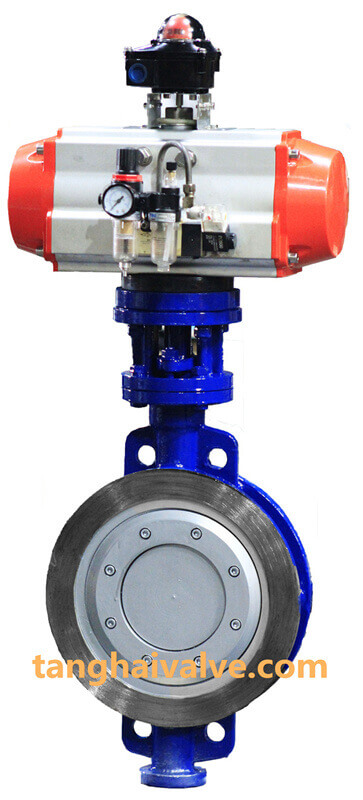
triple eccentric butterfly valve-wafer-lug-double flange-welded (5)
In today’s society, various electrified operating systems have replaced old equipment, electrification and intelligence are no longer unfamiliar words to us. To keep up with the rapid development of the valve industry, constant humane upgrades are essential. In the past, companies had to set up manpower specifically for valve operation and management, but now the birth of electric resilient seated butterfly valves allows companies to no longer consume this cost. It has unique structure, flexible operation, labor saving and convenient. If the sealing material is matched with stainless steel and nitrile oil-resistant rubber, the service life can be effectively extended.
In terms of composition, the electric resilient seated wafer butterfly valve is composed of wafer butterfly valve and small electric actuator. Its structure is compact, and it is easy to switch by 90°. Its valve body material is usually cast iron, ductile iron, stainless steel, copper alloy, aluminum alloy. Disc materials are usually: ductile iron, stainless steel, corrosion-resistant steel, titanium steel, copper alloy. The valve seat material is usually nitrile nitrile, ethylene propylene, neoprene, Hypolon, polytetrafluoroethylene, natural rubber, etc. The choice of material makes the valve more sealed and reliable, and it is widely used in water supply and drainage systems such as water plants, power plants, steel plants, papermaking, chemical industries, and catering, as adjustment and cut-off use. While saving manpower, it greatly reduces the damage to working conditions and personnel. For example, in some special toxic or polluting working conditions, the electric resilient seated wafer butterfly valve does not require long-term contact by personnel, but only a light switch. , So the humanized management is a great improvement.
The reason why the electric resilient seated wafer butterfly valve can have such a good development in modern times is due to the increase of valve export products, so the market also puts forward higher requirements for valve standards. Valve quality and sales channels have become key competitive factors. Therefore, while competing for channels, manufacturers pay more attention to product technology research and development, quality, packaging, and delivery period will have higher requirements. In the future, the production process and R&D process of electric resilient seated wafer butterfly valve products will be more closely integrated with environmental protection and energy.
TH Valve is a professional manufacturer of butterfly valve, gate valve, check valve, globe valve, knife gate valve, ball valve with API, JIS, DIN standard, used in Oil, Gas, Marine industry, Water supply and drainage, fire fighting, shipbuilding, water treatment and other systems, with Nominal Diameter of DN50 to DN1200, NBR/EPDM/VITON, Certificates & Approvals: DNV-GL, Lloyds, DNV, BV, API, ABS, CCS. Standards: EN 593, API609, API6D
Related news/knowledge:
Factors Affecting the Operation and Use of resilient seated butterfly valves
Operation precautions of stainless steel butterfly valve
Applicable occasions and operation method of ball valve
electric wafer butterfly valve vs electric flange butterfly valve


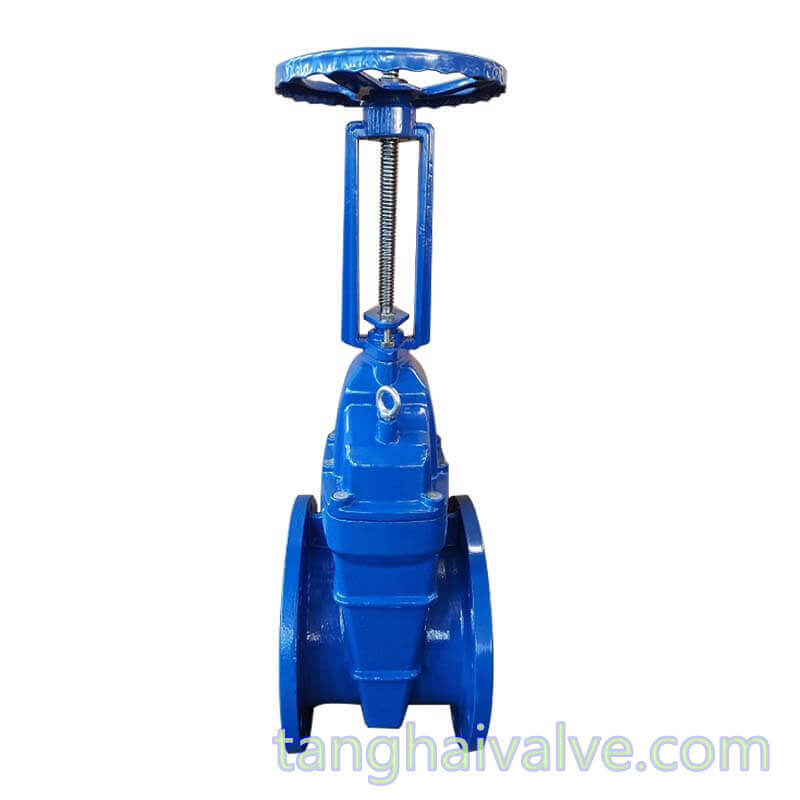
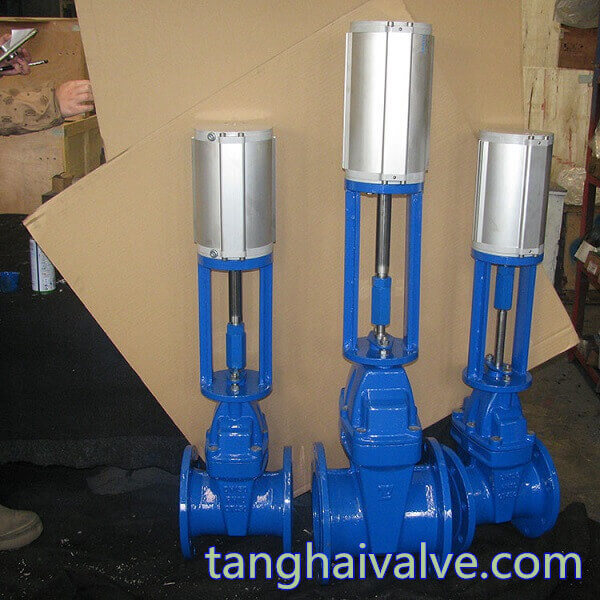
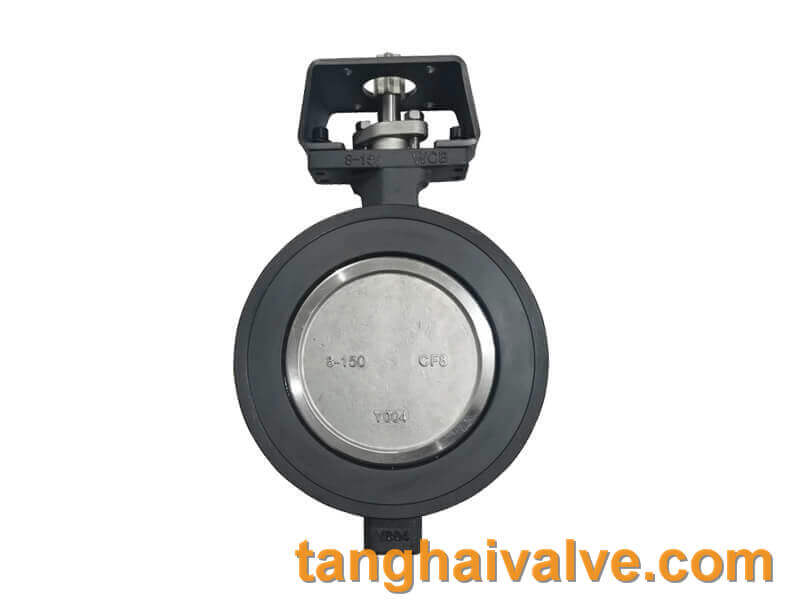
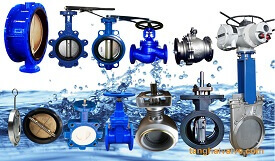
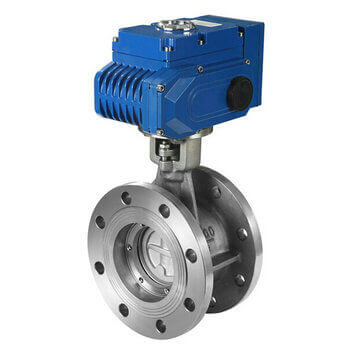
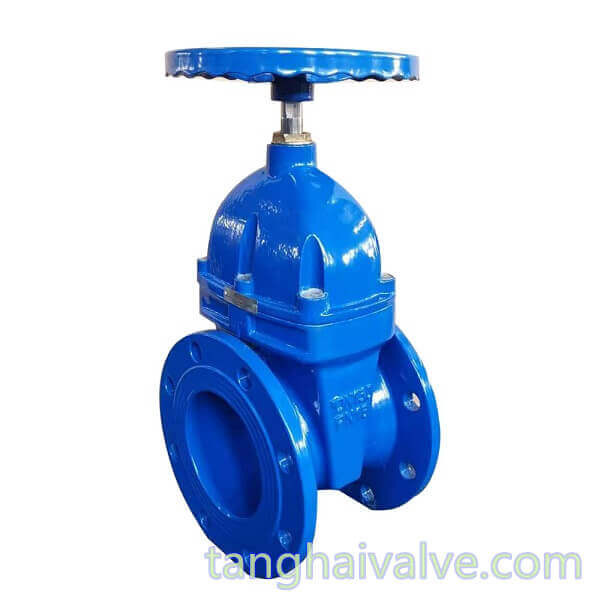


 © Copyright 2020 Tianjin Tanghaidongyang Valve Co., Ltd. All Rights Reserved.
© Copyright 2020 Tianjin Tanghaidongyang Valve Co., Ltd. All Rights Reserved.